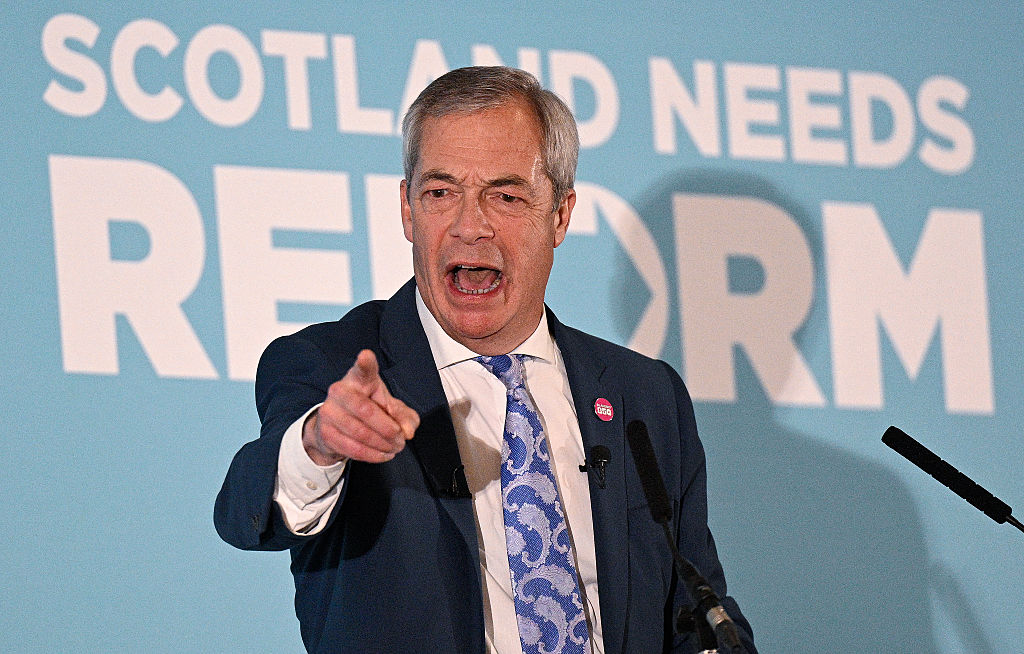Earthquakes threaten Japan’s nuclear plants
Japan is paying a price for its pursuit of nuclear power, as a 6.8 magnitude earthquake triggered a series of malfunctions at the world’s largest nuclear plant.
"Japan sees nuclear power as a solution to global warming, but it's paying a price," says the LA Times. Last week, a 6.8 magnitude earthquake triggered a series of malfunctions at the world's largest nuclear plant, adding to fears that the country's reactors were not fit to withstand large quakes on that size and scale. Pipes broke at the Kashiwazaki- Kariwa plant, a transformer was badly burnt and some 400 barrels of atomic waste spilled into the Japanese Sea. "It is clear that this earthquake ... was stronger than the reactor was designed for," Mohamed ElBaradei, the head of the International Atomic Energy Agency, told reporters in Kuala Lumpur.
"The mishaps have raised questions about the wisdom of building nuclear power stations in a country where earth tremors are recorded, on average, every few minutes," says Justin McCurry in The Guardian. Nuclear plants in the Kashiwazaki area are built to withstand earthquakes that register 6.5 on the Richter scale. But following the most recent quake, it emerged that the Kashiwazaki plant was built right on top of a geological fault line. The plant may have done "an excellent job of ensuring the safety of the reactors themselves", says Michio Ishikawa, president of the Japan Nuclear Technology Institute. "But how could they have not known about the active fault line?," he asks The New York Times.
As it happens, seismologists knew of four fault lines underneath the plant when it was being built in the 1980s. But in a resource-poor country where 55 reactors account for one-third of electricity needs, it looks like these possible dangers were ignored. There are plans for another 11 reactors by 2017, boosting the amount of energy provided by nuclear power to 40%.
MoneyWeek
Subscribe to MoneyWeek today and get your first six magazine issues absolutely FREE

Sign up to Money Morning
Don't miss the latest investment and personal finances news, market analysis, plus money-saving tips with our free twice-daily newsletter
Don't miss the latest investment and personal finances news, market analysis, plus money-saving tips with our free twice-daily newsletter
As it transpires, it's not the only plant vulnerable to earthquakes. The accident at Kashiwazaki has added to calls for the closure of an old plant at Hamaoka, 60 miles west of Tokyo, and which is built directly above a geological fault line.
Although its operators say it meets government safety standards, seismologists have described it as "almost impossible" to ensure the safety of a nuclear plant in that location, says Leo Lewis in The Sunday Times. According to Mitsuhei Murata, a former diplomat and professor at Tokai Gakuen University, a quake there could smash the reactor and send a radioactive cloud over Tokyo within eight hours. "We would be looking at 24 million victims and the end for Japan."
So to the terrible lexicon of deadly words Japan has already given us: tsunami, kamikaze, Hiroshima they have add another, writes Lewis. "Genpatsu-shinsai the combination of an earthquake and nuclear meltdown capable of destroying millions of lives and bringing a nation to its knees."
Get the latest financial news, insights and expert analysis from our award-winning MoneyWeek team, to help you understand what really matters when it comes to your finances.
MoneyWeek is written by a team of experienced and award-winning journalists, plus expert columnists. As well as daily digital news and features, MoneyWeek also publishes a weekly magazine, covering investing and personal finance. From share tips, pensions, gold to practical investment tips - we provide a round-up to help you make money and keep it.
-
 MoneyWeek news quiz: How much will a 2026 FIFA World Cup final ticket cost?
MoneyWeek news quiz: How much will a 2026 FIFA World Cup final ticket cost?Quiz The 2026 World Cup, Netflix, and the cost of care all made headlines this week. How closely were you following this week’s top stories?
-
 Christopher Harborne: Reform UK donor and crypto billionaire
Christopher Harborne: Reform UK donor and crypto billionaireChristopher Harborne came into the spotlight when it emerged he had given £9 million to Nigel Farage's Reform UK. How did he make his millions?

